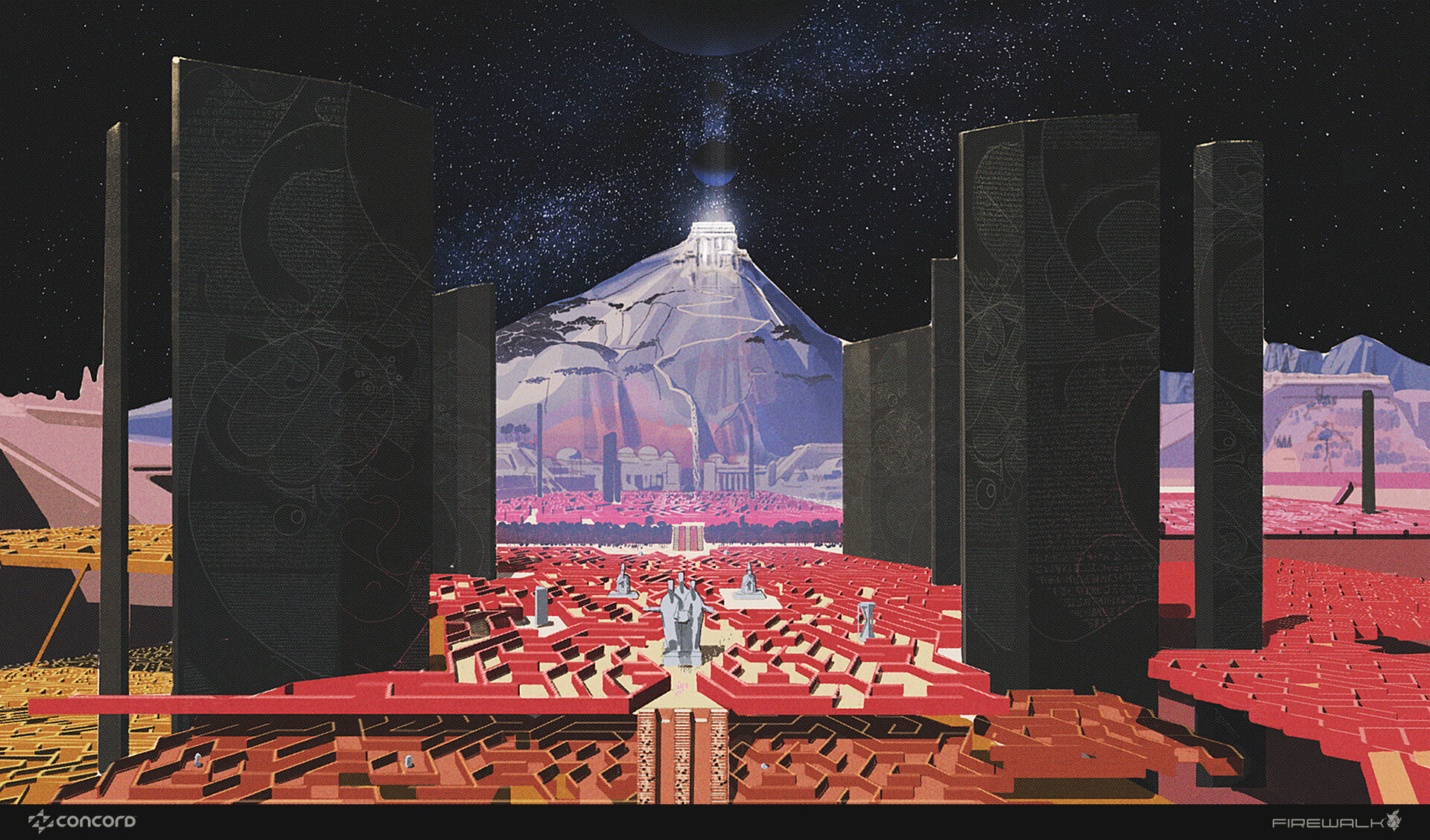Lyza Gardner on keeping pace with web technologies
Cloud Four's co-founder talks about exciting new web technologies, and the dangers of measuring yourself against the industry's standards.

Lyza Gardner will be speaking at Generate San Francisco on 15 July. In Everyone Else is So Clever she'll be discussing the dangers of constantly comparing yourself to your peers in such a fast-moving environment as the web; don't miss out!
"I actually dropped out of high school when I was 14, because I hated it," reveals Lyza Danger Gardner. She's not your average high school dropout, though – what she did instead was to go straight to university. Allowed by Portland State University to test in instead of finishing school, Gardner is one of those developers who started on an arts degree and then discovered web development along the way.
"One day I was in the library and I was playing with one of the first web browsers, probably Mosaic or something. I happened to click on the View Source option and saw HTML, and I was like, oh wow, this totally makes sense to me."
This was back when the only way to learn HTML was to be self-taught, and that is exactly how Gardner started on the path that led to her to co-found Cloud Four in 2007. The studio launched with a focus on the mobile web, the principles of open, transparent work, open source, education and respect.
"What we wanted to do – and this sounds kind of aspirational or sort of loosey-goosey, but in retrospect it's a legitimate thing – was to create an organisation that internally fostered the people involved and treated them with great esteem," she tells us. "At the same time, we wanted it to be constantly looking at the edge of what the web can do, and helping shepherd it to the right kind of future."
Old fir and new tech
Based in an old warehouse in Portland, Oregon ("There's a lot of exposed brick and high ceilings, and because we live in the fir forests of the Pacific Northwest, all the floors and stuff are old fir, and it's lovely"), Cloud Four has been going for eight years. "We're kind of mature compared to the technology startups in the area," says Gardner, "but we've stayed very small. There's a grand total of about 10 of us."

Top of Cloud Four's job list at the moment is a subject close to Gardner's heart: service workers. "It's a script that stands between your client-side web application and the network," she explains, "so you're able to intercept network requests from your application and respond to them in different ways as makes sense."
Service workers can be used to explicitly cache items to save on server requests and provide a good offline experience. However, this current project is taking things to a whole new level, creating a production-class of solution for Smashing Magazine's site. "It's a very high-traffic, high-performance, complex WordPress site with a lot going on. Actually trying to make a service worker for them that performs well at scale is going to be an interesting challenge."
Puzzles and patterns
A huge part of Cloud Four's work is responsive web design. One thing Gardner has noticed is how well responsive has bedded in. Rather than having to sell responsive to sceptical clients, nowadays the studio's role is more helping them improve the way their site works across different devices. "A lot of our clients are starting to integrate pieces of that kind of thinking into their work, but we can come in and help with the big picture and the cutting-edge stuff and bringing it all together and the best practices."
One of Cloud Four's specialities is converting existing sites to responsive without having to throw everything out and start again. In order to do that, the team uses pattern libraries.
"It's interesting to take a site, break it down into the constituent patterns, break those patterns down and build a library of them," Gardner explains. "And then you start piecing them back together in the combinations that make up the elements on the page and, in the end, the whole page. You make minimal adjustments to the way the site feels for, say, the desktop browser for which it was originally designed."

This approach ensures the site is supported comfortably across a lot of different platforms and screen sizes. "That's a complicated puzzle to solve, and it's one that Cloud Four really puts a lot of energy and focus on."
Gardner is also currently refactoring the internal software the team uses to create its pattern libraries (which come in the form of a website), so it can be open-sourced.
Industry yardsticks
Something that's clear about Gardner is that she thrives on puzzles and on keeping pace with the ever-changing world of web development, even when it seems a hopeless task. The aspect that's challenging her at the moment is CSS. "It's becoming so powerful that being an expert in CSS is like a field unto itself at this point, and sometimes it feels beyond me," she admits.

This feeling hooks into the theme of Gardner's talk at July's Generate conference in San Francisco. Entitled 'Everyone Else is so Clever', the presentation will address how web developers are in the habit of continually comparing themselves to world-class performers, and just how demotivating this can be.
"One of things that's most rewarding for me is to share with other developers the psychological challenges of being really good at what we do and not recognising it," she tells us. "Or just feeling the stress of the kind of eternal change we're facing every single day."
Part of this stress comes from comparing yourself to others. "I see people who are producing three open source projects a week. That's really cool, but part of me feels like I'll never be able to do anything like that, so why even try? Yardsticks of success are challenging, there's no standard method to establish whether you're really good at what you do." She goes on to explain that because being a successful web developer requires a good general overview of everything going on, it is very difficult to specialise in a particular topic.
What this does mean, though, is that there's plenty to keep Gardner busy. She's passionate on the subject of performance, and delighted that advances in browser technology and protocols, plus the growth of HTTP/2, are bringing with them improved web performance. However, this is countered by frustration that some are taking advantage of these improvements by making poorly performing sites that seem to work on a fast connection, but really don't when it matters.
Gardner blames this on a combination of poor education, time pressures and a lack of focus on the part of the developer. "It's easy to throw a lot of crap at a web page; it takes a different perspective to step back and think with a performance angle, but it will serve you well in a lot of ways," she says. "It's not just that it'll make your site smaller, as a side effect it will typically become more robust, less fragile, and clearer and easier to maintain as well. People don't necessarily think about that."

Gardner feels that in the long term it needs to become much simpler to make well-performing websites. This means there's an onus on standards and browser-makers to keep pushing performance in APIs and browsers.
"As much as I do want developers very much to take responsibility for their sites' performance," she points out, "there's a responsibility in all parts of the ecosystem to keep that moving forward."
Pressing ahead
Moving forward is a theme that seems to be on Gardner's mind constantly; she's fizzing with ideas on where the web ought to be going, and a mine of information on new technologies that will change the way it works as well as how we interact with it.
We discuss Google's Physical Web project, whereby beacons attached to physical objects can broadcast a URL via Bluetooth; sort of like QR codes, but ones that people might actually use.
"That's a very good comparison," she remarks, "but the idea is that it takes a little less work. The things are around you waiting to be discovered and not bothering you until you look for them. So you might be 100 feet away from a billboard but be able to interact with it without having to walk up to it, get your phone out, launch the camera or whatever and take a picture of the QR code."
Constantly driven by the possibilities of the web ("There are a lot of developers around the world who are really excited about the web, so I hope we can just make it work for everyone and continue being a really powerful platform"), Gardner brings herself back down to earth with an assortment of anachronistic hobbies: letterpress printing, distilling essential oils in her Portuguese alembic copper still and maintaining a library of old and rare books.

She thrives on it, she tells us, partly because it involves working with tangible materials in the real world, and partly because of the limitations this brings. "It slows me down, just because I'm working with things that are actually things. With software and the web and all the software tools we have, it's like the sky's the limit, you can do anything, and sometimes I like to have hobbies that restrict me in certain ways."
Photography: Lisa Boomer

Get inspired by the industry's leading lights at this year's Generate conferences in San Francisco, London and Sydney. There's still time to save money with an early bird ticket; don't miss out!
This article originally appeared in net magazine issue 280; buy it here!

Thank you for reading 5 articles this month* Join now for unlimited access
Enjoy your first month for just £1 / $1 / €1
*Read 5 free articles per month without a subscription

Join now for unlimited access
Try first month for just £1 / $1 / €1
Get the Creative Bloq Newsletter
Daily design news, reviews, how-tos and more, as picked by the editors.

Jim McCauley is a writer, performer and cat-wrangler who started writing professionally way back in 1995 on PC Format magazine, and has been covering technology-related subjects ever since, whether it's hardware, software or videogames. A chance call in 2005 led to Jim taking charge of Computer Arts' website and developing an interest in the world of graphic design, and eventually led to a move over to the freshly-launched Creative Bloq in 2012. Jim now works as a freelance writer for sites including Creative Bloq, T3 and PetsRadar, specialising in design, technology, wellness and cats, while doing the occasional pantomime and street performance in Bath and designing posters for a local drama group on the side.
